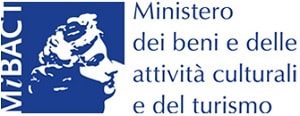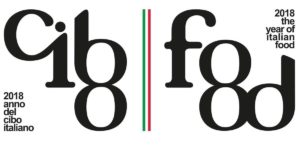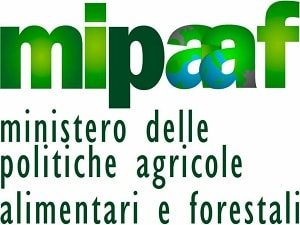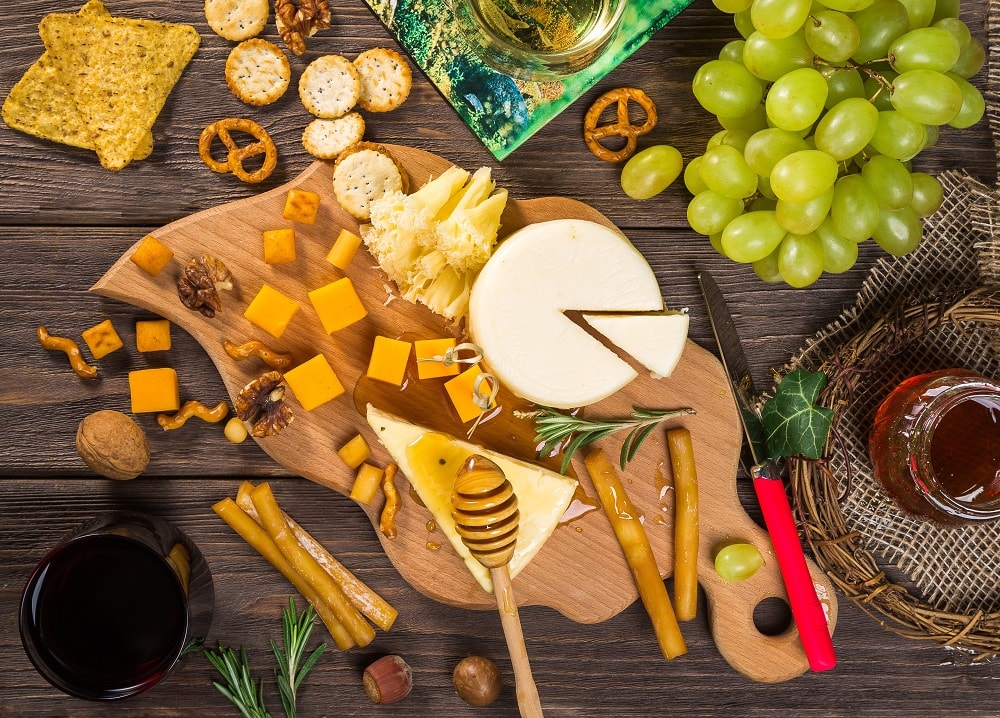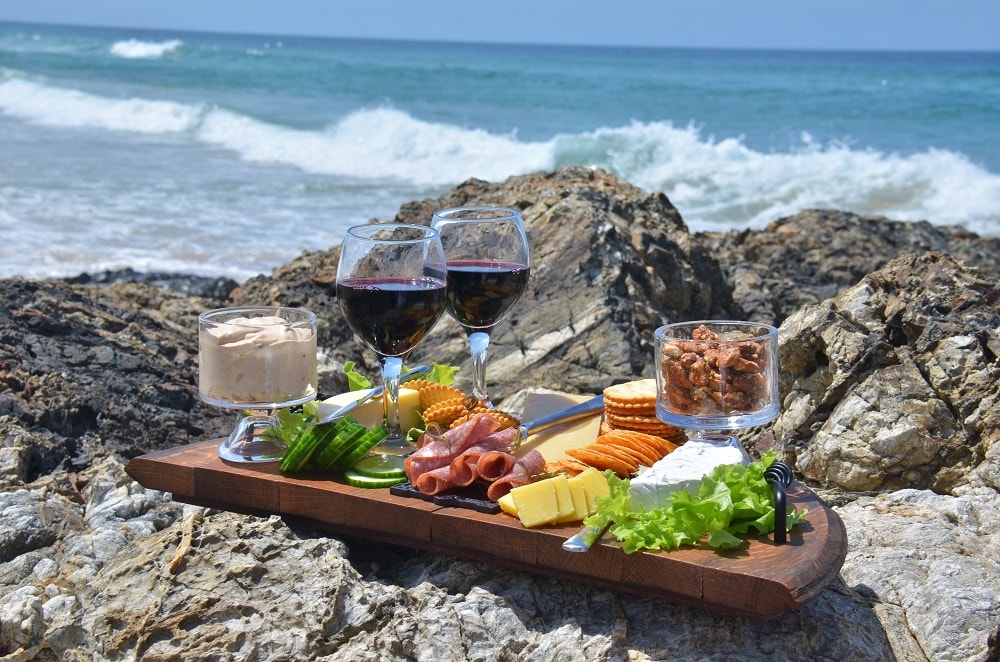2018 the year of italian food.
it is a news by Mipaaf – politicheagricole.it and Mibact – beniculturali.it
The 2018 Year of Italian Food, will promote the intertwining of art, food and landscape, which represent the best cultural attractions of our country.
A glass of wine in the hand of Bacchus, abundant dishes of game, fish and shellfish for a lavish feast, baskets full of bunches of grapes, breads, apples and pomegranates, cascades of cherries of all the red pantones. It is art that first recognizes the cultural value of food, its symbolic, social and aesthetic value, as well as vital, from the Greek-Roman era to the advent of baroque and contemporary art. So the Ministry of Cultural Heritage and Activities and Tourism, together with the Ministry of Agricultural, Food and Forestry Policies, inaugurates the 2018 Year of Italian Food with a social campaign focused on food and signature dishes, those made with tempera and light dark, in marble or ceramic, beautiful to conceive scent and taste.
The Instagram account @museitaliani mails and shares about 50 digital posters, among which are the Karo stele at the Egyptian Museum in Turin, the Cena with nuptials by Gherardo delle Notti, the Still Life with peppers and grapes by Giorgio De Chirico, so like the sculptures by Darren Bader at the Madre Museum in Naples and the advertising posters kept at the Salce Museum in Treviso. They could not miss the Last Supper by Leonardo, the frescoes of Pompeii, the still lifes of the Villa Medicea of Poggio a Caiano and the paintings of the Neapolitan School.
The rules of the social campaign do not change: the invitation to visit the more than 420 museums, archaeological parks and places of Italian culture continues to seek, photograph and share the theme of the month with the hashtag #annodelciboitaliano.
Announced by Ministers Franceschini and Martina last June, the 2018 Year of Italian Food will enhance and promote the interweaving of art and landscape food, which represent the best cultural attractions of our country. Sharing photos will become a collective report that, through food, will also tell the story of our society, the evolution of taste, highlighting how much the enogastronomic heritage is part of Italian identity.
All info about #annodelciboitaliano available at: www.beniculturali.it/annodelciboitaliano
logo #annodelciboitaliano:
The link between food, art and landscape will also be the heart of the tourism promotion strategy that will be continued throughout 2018. Several initiatives will be launched to raise awareness and promote, even in terms of tourism, historical rural landscapes, for the involvement and the promotion of supply chains and there will be a specific focus on the food waste reduction.
Italian Maurizio Martina ministry of agricultural and food and Dario Franceschini ministriy of forestry and cultural heritage and tourism announce they proclaimed the 2018 National Year of Italian Food. Starting in January, events, initiatives and events linked to the culture and to the enogastronomic tradition of Italy will take place.
All the initiatives of the Year of Italian food will be characterized by the official logo.
It will focus on the appreciation of UNESCO recognitions related to food such as the Mediterranean Diet, the vine of Pantelleria, the landscapes of the Langhe Roero and Monferrato, Parma, the creative city of gastronomy and the recently inscribed Art of Neapolitan pizzaiuolo. It will be an opportunity to support the candidacy already started for Prosecco and the new one linked to Amatriciana.
At the same time, initiatives will be launched to raise awareness and promote, even in terms of tourism, the historical rural landscapes, for the involvement and promotion of supply chains and there will be a specific focus on the fight against food waste. The close link between food, art and landscape will also be the heart of the tourism promotion strategy that will be continued throughout 2018 through Enit and the network of Italian embassies in the world and will highlight how the food and wine heritage is part of the heritage cultural and Italian identity.
“We have a unique heritage in the world – said Minister Maurizio Martina – that thanks to the food we will be able to enhance even more: after the great experience of Expo Milano, the national food and agricultural experience returns to be a widespread protagonist in all the territories It is not only a matter of underlining the economic successes of this sector that in 2017 touches the record of exports to 40 billion euros, but to reaffirm the deep connection between food, landscape, identity, culture. project of the food districts We will do this by involving the protagonists from farmers, breeders, fishermen and cooks, and I think that in this perspective it is right to dedicate the year of food to a figure like Gualtiero Marchesi, who truly embodied these values making them known internationally “.
“After the success of the 2016 National Year of the Roads and the 2017 National Year of the villages, 2018 will be the Year of Italian food, an important opportunity to enhance and put into the system the many extraordinary excellences and make a big investment for the image of our country in the world Thanks to the collaboration of the Ministries of Culture and Agriculture, Italy will be able to promote itself abroad in an integrated and intelligent way enhancing the intertwining of food, art and landscape that is surely one of the elements badges of Italian identity “. The Minister for Cultural Heritage and Activities and Tourism, Dario Franceschini announces the launch of a social communication campaign for state museums from January 1, 2018, which focuses on the relationship, over the centuries, between the arts and food and wine, underlining the fundamental role in the construction of Italian cultural heritage.
All info about #annodelciboitaliano available at: www.beniculturali.it/annodelciboitaliano
logo #annodelciboitaliano:

